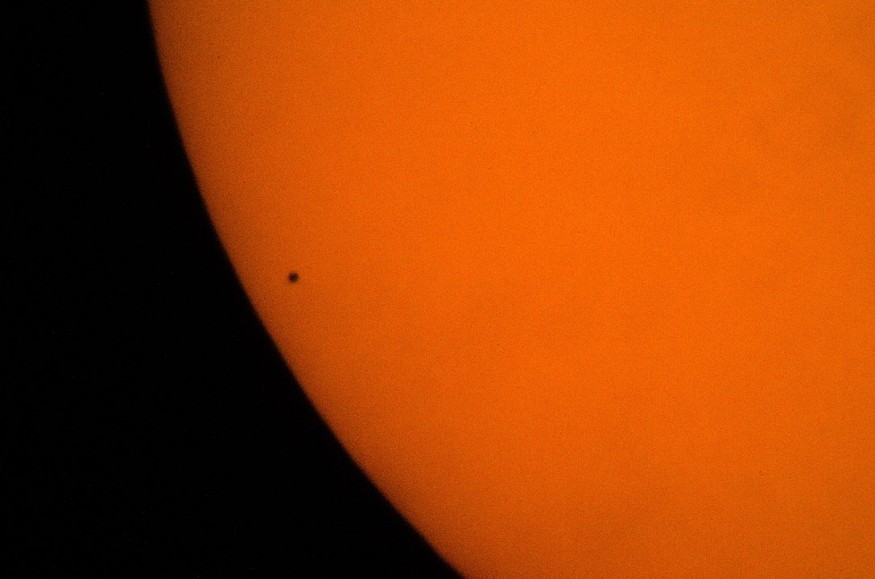Astronomers discovered a new exoplanet made up of an abundant amount of iron. The said planet sits just a few lightyears away from our solar system. With the appearance of the iron-rich planet, experts hope to have additional clues regarding the origin and formation of Earth's neighbor Mercury, which has over 70 percent metal composition.
Exoplanet that Looks Like Mercury Discovered
The iron-based planet is charted by scientists at about 31 lightyears away. The imaging of the said planet will be provided in upcoming studies following its detection. The data from the exoplanet was gathered through the influence of the body around its surrounding materials, such as star it orbits. The examination based on its movement and effects convinced the experts that the exoplanet is indeed full of iron.
German Aerospace Center's Institute of Planetary Research expert and author of the study Kristine Lam said in an NPR report that the readings they collected from the new orb show that the exoplanet is significantly smaller and contains lesser mass than Earth. However, its planetary structure and composition are highly comparable with the solar system's own resident Mercury.
'GJ 367b' was the name given to the exoplanet. Based on the study, the exoplanet resides on the outskirts of the solar system but orbits close enough to its parent star. The exoplanet orbits its parent star for just 8 hours. The parent star of GJ 367b is a red dwarf, which means that it has a mass comparable to the solar system's sun by 50 to 75 percent of its total scale.
GJ 367b: Iron-Rich Planet from Solar System's Outskirts

Lam said in the report that there is a high possibility that the exoplanet GJ 367b is molten. It means that the temperature manifesting on the planet is intensive that it could melt a wide variety of metals. Although many features are yet to be uncovered from the exoplanet, the authors said, GJ 367b is potentially full of lava and is not cloaked with a formed atmosphere. For now, the investigation only confirmed that the exoplanet's interior and density are almost the same as the planet Mercury.
The position of GJ 367b with its parent star is beneficial to understand more about its formation. The brightness of the star could also help astronomers define its full image once the James Webb Telescope launches into orbit on December 22.
Princeton University astronomy expert and co-author of the study Joshua Winn said that if a magma ocean covers the extroplanet and if it were possible to float on its surface and stare up the sky, it would look 30 times larger.
The detection of GJ 367b is unique among the 5,000 plus discoveries of exoplanets that orbit parent stars. It is due to GJ 367b's ability to orbit its parent star in less than a single Earth day. The study was published in the journal Science, titled "GJ 367b: A dense, ultrashort-period sub-Earth planet transiting a nearby red dwarf star."
Check out more news and information on Space in Science Times.










